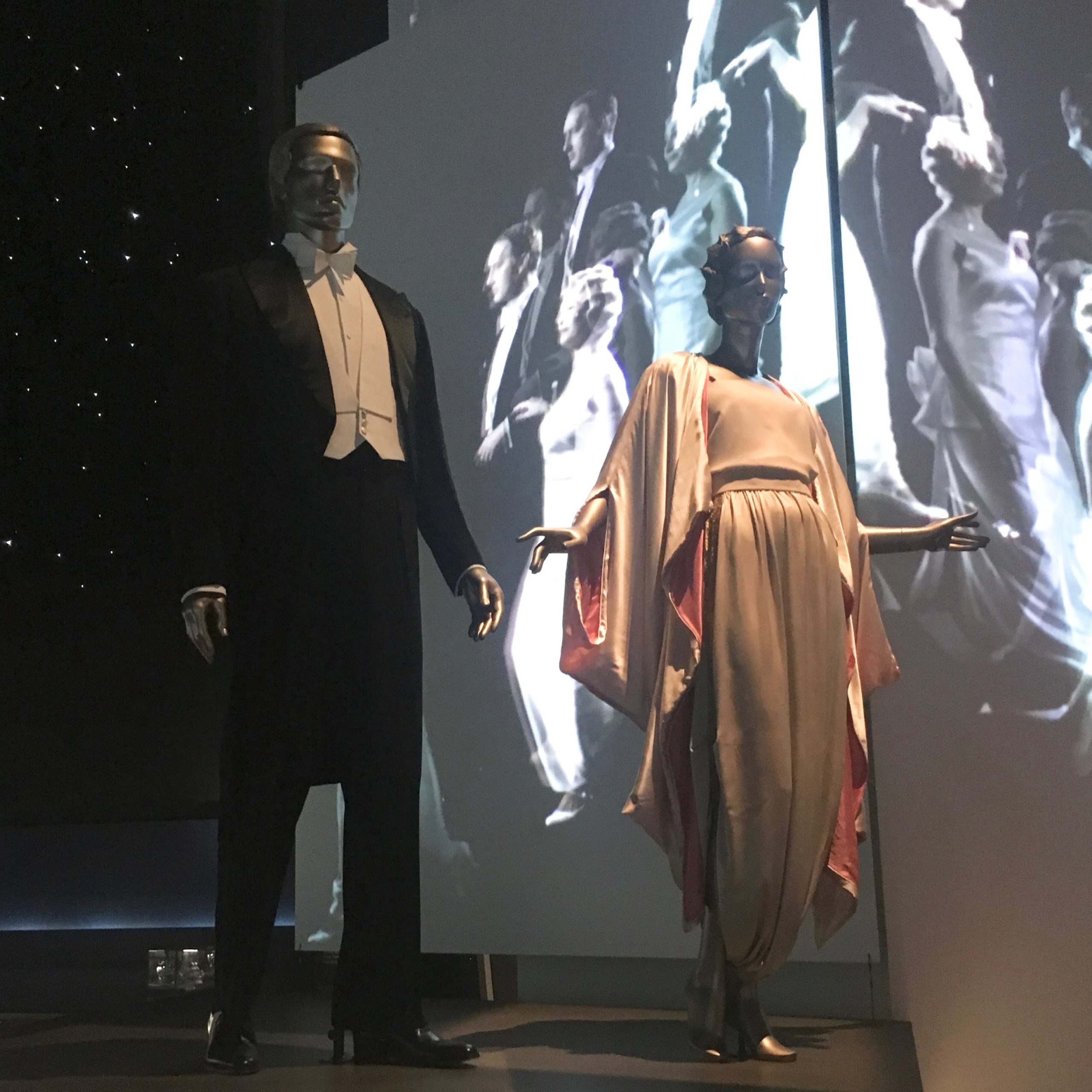
The relationship between art and fashion is fraught with complexities, but the two disciplines have always drawn heavily from one another, in ways both synergistic and hostile. At the Wallace Collection’s recent exhibition An Enquiring Mind: Manolo Blahnik at the Wallace Collection, we are presented with a glistening example of the collaborative nature of art and fashion at its best—a clear representation of how art can inform the fashion design process. Juxtaposing some of the designer’s most beautiful shoe creations with prominent works of art by Boucher, Rubens, Titian, and Gainsborough, all within in the architecturally exquisite setting of Hertford House, there is an obvious decadence to the exhibit that is impossible to not enjoy on an aesthetic level.
The Wallace Collection is rich and vast on its own—difficult to digest with a single visit. Upon walking in, I was pleasantly struck by the degree to which Blahnik’s shoes blended seamlessly with the collection—nothing felt forced, out of place. It was as though the shoes were a permanent part of the collection, echoing not only the paintings on the walls, but the gilding of a cabinet, the richness of a velvet window curtain. Each room was organized thematically to display a different historical moment or story, from the dimly lit baroque, full of velvet and brocade, to “Avant-Garde Fashion.” For fans of fashion, the exhibit offers clear insight into Blahnik’s creative process—the designer credits the museum’s collection as a source of design inspiration, and from early sketches to the final product it is clear how he has brought the fantastical aspects of the art into the realm of the living.

Nestled between the paintings and gilded clocks and vases, I found myself engaging with the shoes as art objects rather than wearable items—objects of beauty, much like the paintings on the walls. Conceptions of art versus craft are challenged, and a dialogue between the two prompts the viewer to question what makes an object “art” to begin with. What are the difference between the traditional ‘high brow’ mediums of painting and sculpture, and where does fashion fall?
Placed within delicate domed glass cases, the shoes feel all the more at home in their rich and fantastical setting, precious objects to be protected from the corruptions of the external world. Despite this layer of glass between object and viewer, the shoes imbue the space with a certain unexpected intimacy. At a time in which fashion exhibitions are often sensationalized and overcrowded, it is refreshing to be able to get close to the shoes, to examine the subtle relationships between the objects and their surroundings, the details of their meticulous design.
Beyond crafting a dialogue, the shoes and paintings bring new meanings to one another, notably a pair of infamous Manolo’s—pink shoes designed for Sofia Coppola’s 2006 film Marie Antoinette. The shoes are placed beneath Fragonard’s The Swing (1767) in which a woman kicks off a pair of candy-floss pink heels that are remarkably similar. The viewer is immediately transported to the realm of the painting, able to connect via this real world object, and simultaneously better able to understand how Blahnik may have conceptualized these shoes to begin with. The same shoes exhibited within the sterile confines of a luxury store might appear as simple objects for purchase by the privileged, drawing attention to the importance of context when it comes to all works of art (called to mind are Andy Warhol’s Brillo boxes, and those same boxes on a supermarket shelf…).

While perhaps a stereotypically feminine object, the shoes crystallized the presence of women, both within the collection and throughout history. I found myself noticing prominent female figures in the works of art around me, and considering the place of women across history, from the Marquesses who once inhabited Hertford House to the largely female crowd viewing the shoes around me.
We all share in the experience of putting on shoes. Whether or not they are as decadent as those designed by Blahnik, there is a familiarity to the object, and a desire to know who stood in these shoes before, and to be like them. The exhibition offers something to art and fashion fans alike, teaching art fans about a revolutionary designer, and bringing in a crowd who may otherwise have missed out on the Wallace collection’s treasures.
Sources:
https://www.tatler.com/article/manolo-blahnik-an-enquiring-mind-wallace-collection




